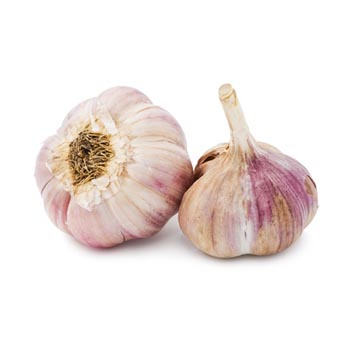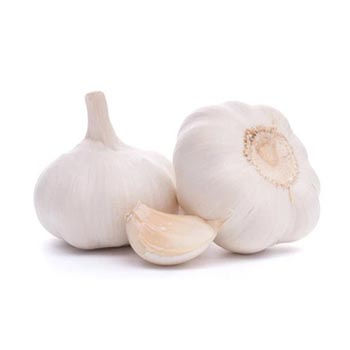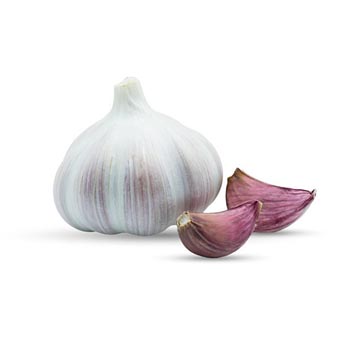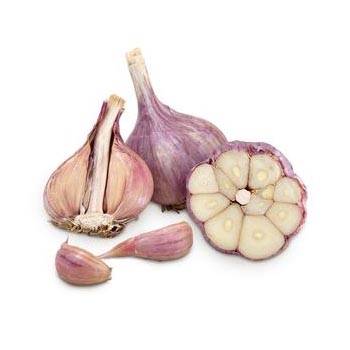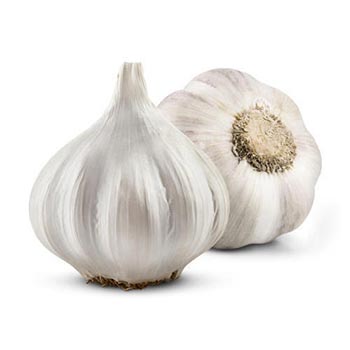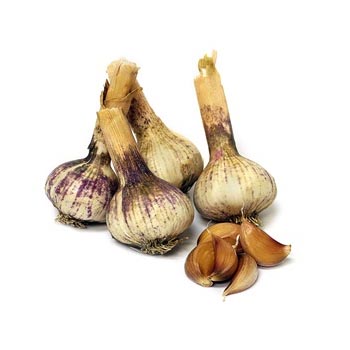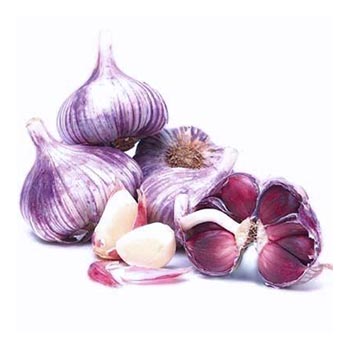Artichoke: Artichoke garlics are softneck garlics that get their name from the way their cloves are arranged, as they have several overlapping layers of cloves that looks like an artichoke.
Artichoke garlics thrive in a wide range of climates and tend to be large, long-storing garlics. The fact that they’re a softneck garlic means that they can be braided, with artichoke garlics commonly sold in grocery stores as well as at farmer’s markets.
The vast majority of garlic sold at grocery stores and retail locations in the U.S. are artichoke garlic, much of it grown in California and imported from China and other countries.
Popular Artichoke garlics include Italian Late, Kettle River Giant, Inchelium Red, Red Toch, Polish White, and Thermadrone.
Silverskin: Silverskin garlics are typically the last to mature each season and are softnecks similar to artichokes and can be braided.
Silverskins are some of the best-storing garlics, which coupled with their late maturation means they may be your best bet when growing garlic to have available year-round as silverskin bulbs can often last and stay good well into the next spring after harvest.
Popular Silverskin garlics include Baja Morado, Nootka Rose, Rose du Var, and Mount St. Helens.
Garlic has been cultivated for thousands of years but there’s surprisingly little scientific research into many varieties so classification is often a matter of guesstimation and convenience as opposed to a matter of hard science.
Only DNA analysis can prove if a variety is actually unique; some garlic has been passed from grower to grower and later renamed, so some “varieties” and types of garlic with unique names are quite likely actually genetically identical.
The converse is also true, as DNA analysis has turned conventional wisdom on its head in some cases, such as the discovery that Asiatics and Turbans are genetically different from Artichoke garlics — and that asiatic and turban garlics are genetically different from one another as well.

